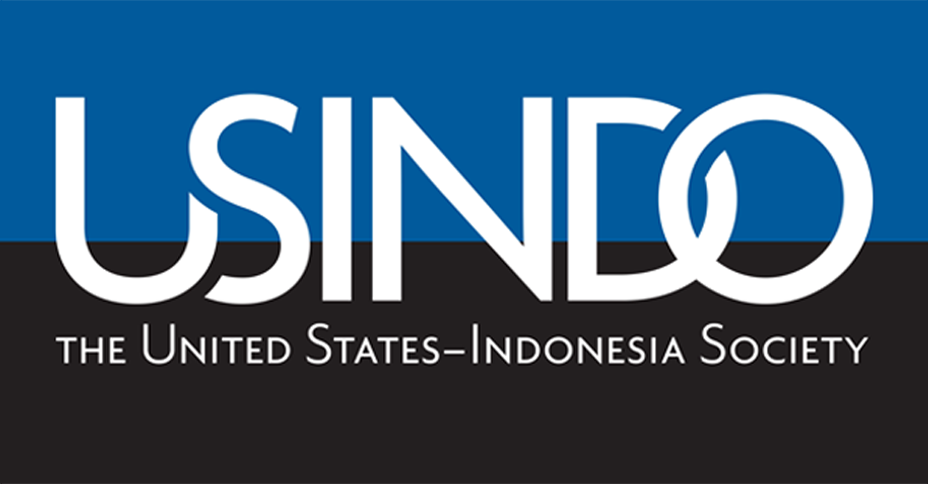Rice Policy in Indonesia
Dr. Neil McCulloch
Director of Economic Programs, The Asia Foundation – Jakarta
Although initially described as a presentation on local economic governance in Indonesia, Dr. McCulloch subsequently proposed that the topic be changed to rice production and consumption in Indonesia. The membership was notified of this change in our last reminder on the event.
Rice policy in Indonesia is currently a contentious issue in the wake of rising world gain prices. These cost pressures have pushed rice exporters and importers to adopt policies which in most cases have exacerbated the situation since decisions are more often based on politics than on rational analysis based on available evidence.
Dr McCulloch noted that the current issue of the Bulletin of Indonesian Economic Studies is completely devoted to this subject.
A key question in the development of rice policy is the impact on the consumers and producers and upon the rich and the poor. The effects on the latter group are reflected in the percentage of incomes devoted to rice consumption: 24% for the poor; 9.4% for the rich. Regarding consumers vs. producers, studies indicate that one-third of rice producers are net consumers; two-thirds of all farmers are net consumers; and eighty percent of the entire population are net consumers.
Paradoxically, increased prices of rice do not appear to improve the well being of rural families in that the increased price of rice drives up all other costs to the point that there is a decrease in net income.
The history of rice production in Indonesia reveals a rapid increase during the 1980s and through the mid-1990s. Since the financial crisis of 1998, production has stagnated. The causes of this stagnation are reflected in a decline in land devoted to rice production; increases in cropping; and the end of gains realized from the miracle rice strains introduced in the 1970s and 1980s.
Additional losses of production are attributable to wastes from the harvests, inefficient milling techniques; deteriorated irrigation systems, conversion of rice production lands into fields for other crops, excessive fertilizing, and a lack of research and development on improved production techniques. It was noted that in a macro sense, the shift to production of higher value commodities was not necessarily an adverse outcome.
On the questions of import-export policy, the GOI has decreed that imports would be permitted only when domestic consumption exceeded domestic production. The problem has been that neither consumption nor production can be measured accurately. Consumption has been consistently under estimated and production over estimated.
The devices used to stabilize prices on the national level are the use of a buffer stock or the development of an appropriate trade policy. The former device mitigates the impact of world prices but generally results in budgetary strains from subsidies. The latter device is directly affected by fluctuations in global prices.
Q: How has BULOG performed in managing rice production and consumption?
A: Its record was fairly competent until it lost its monopolistic status in the late 1990s. Private suppliers were permitted to operate until 2004 when BULOG regained most of its previous authority.
Q: Has there been an adverse impact from converting production land to bio-fuel commodities?
A: That has been a problem. Not only from activities in Indonesia but from global trends toward increased production of bio-fuel commodities that result in higher price levels for all grains.
Q: Has there been any political fallout from any deficits in the rice production?
A: Currently there does not seem to be any shortages. Any problems in this area are likely to arise in December-Jan.
